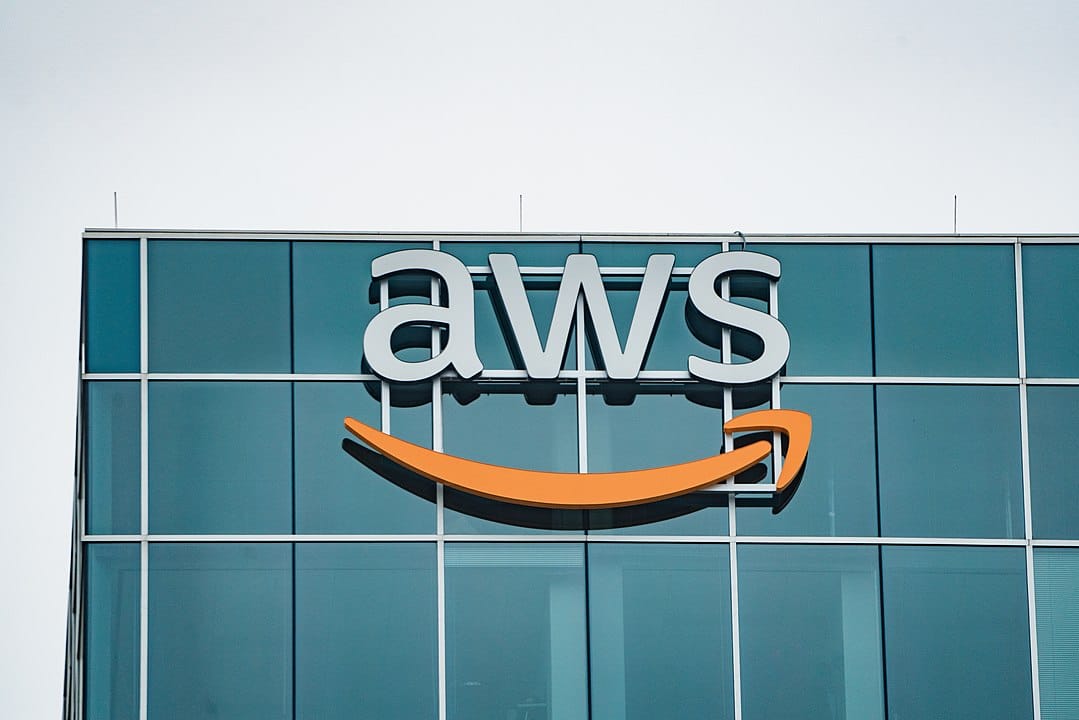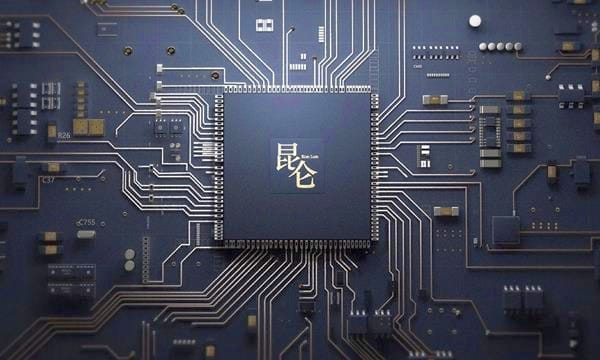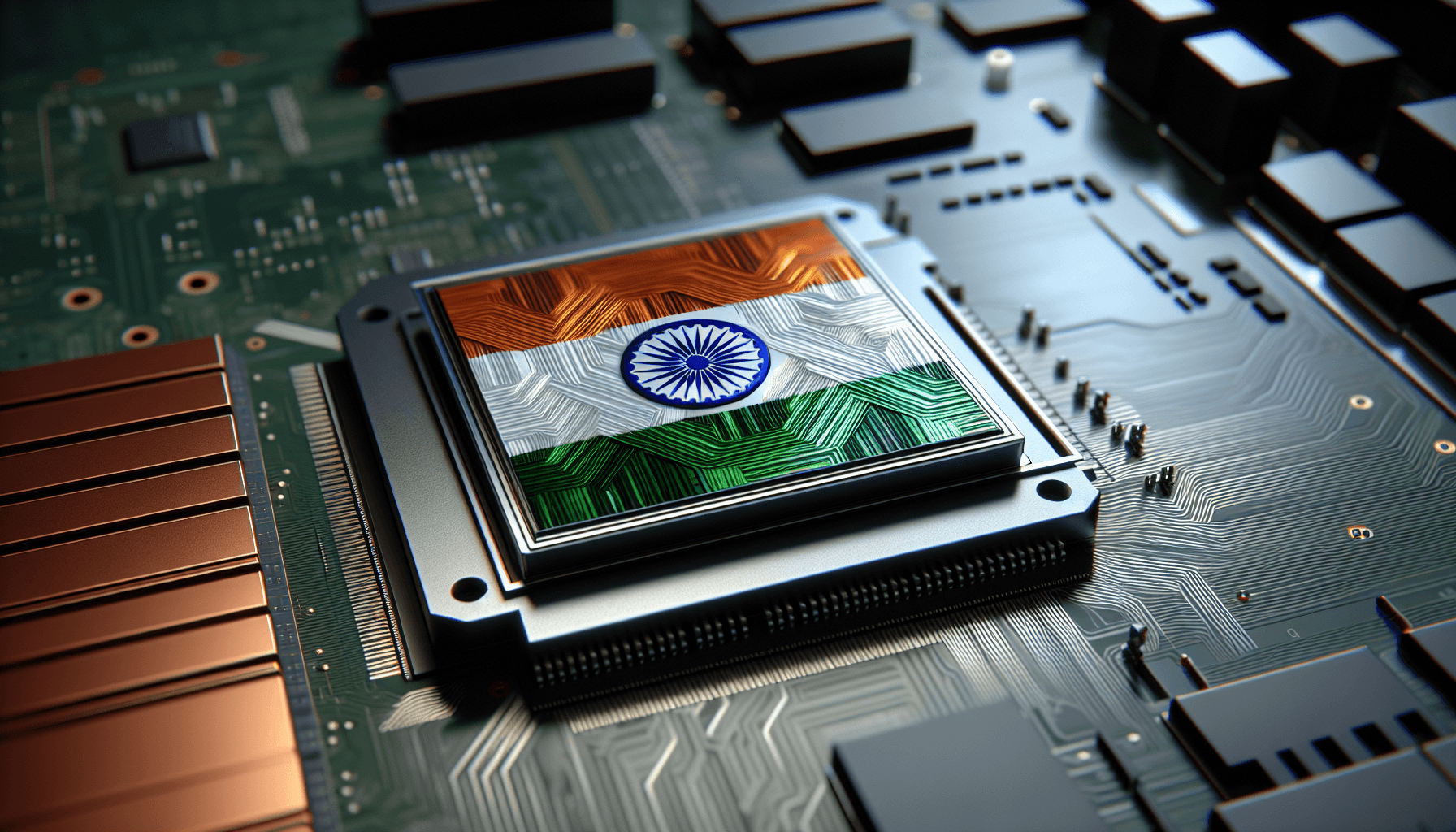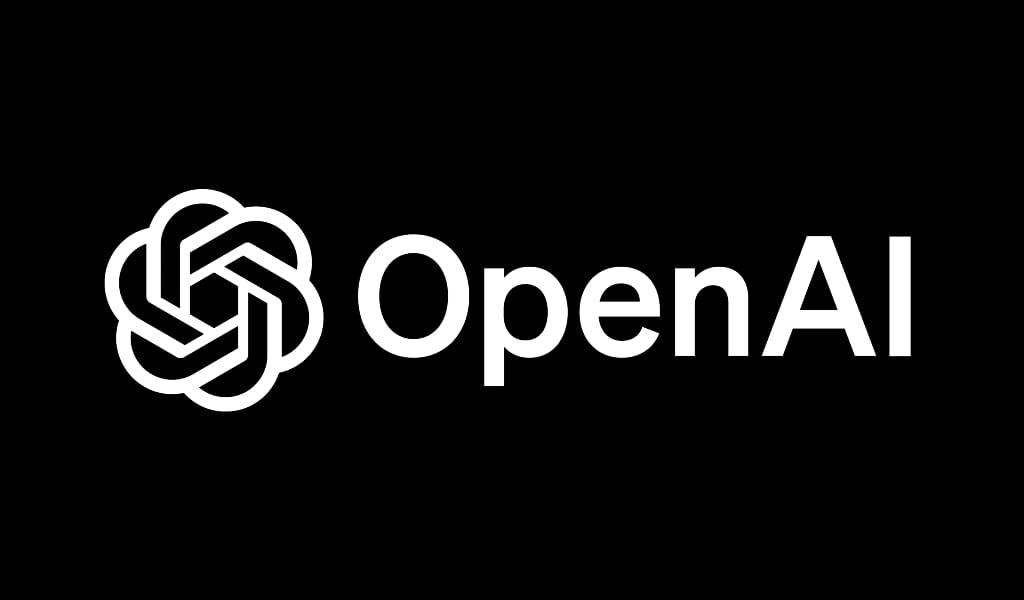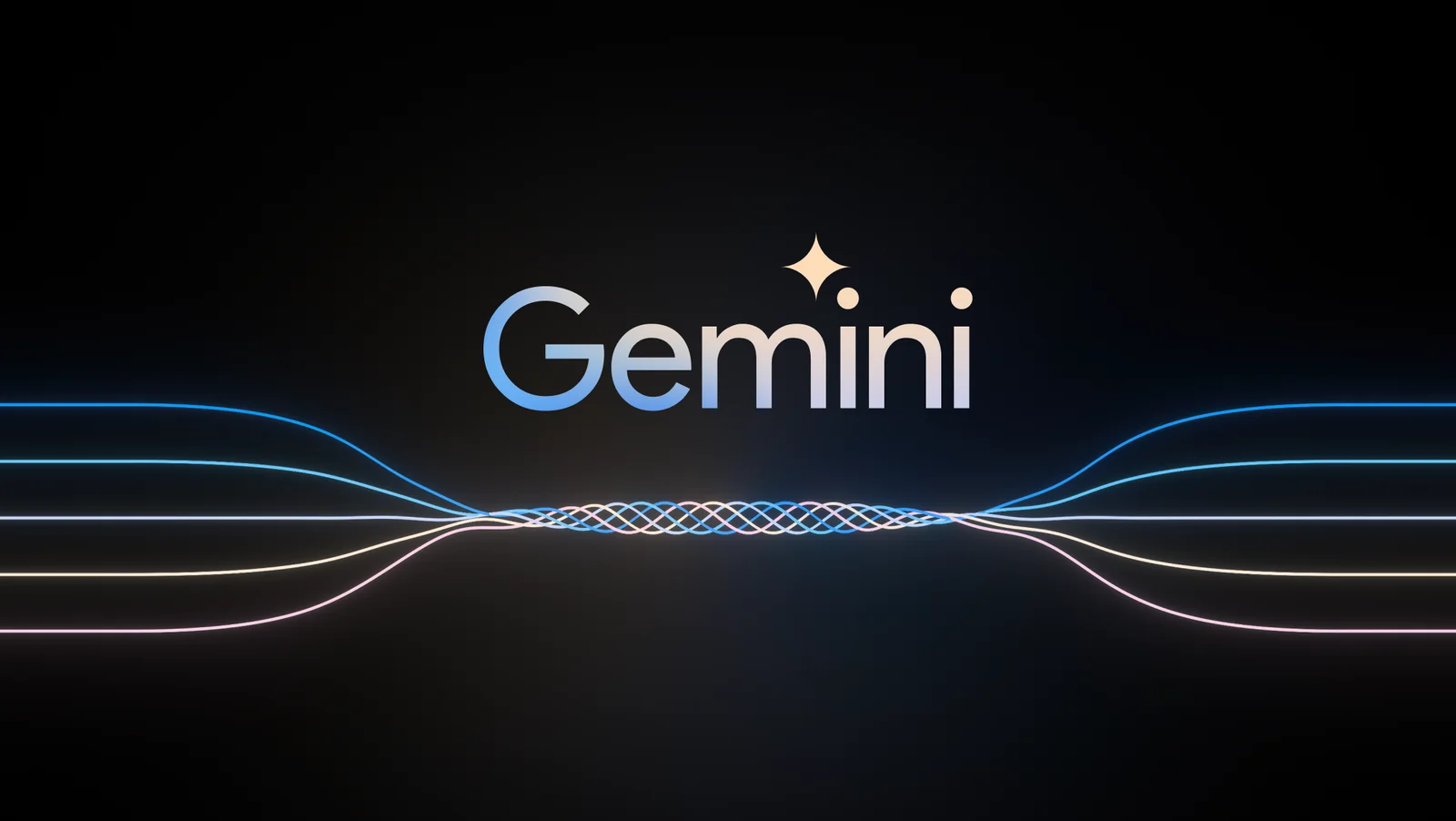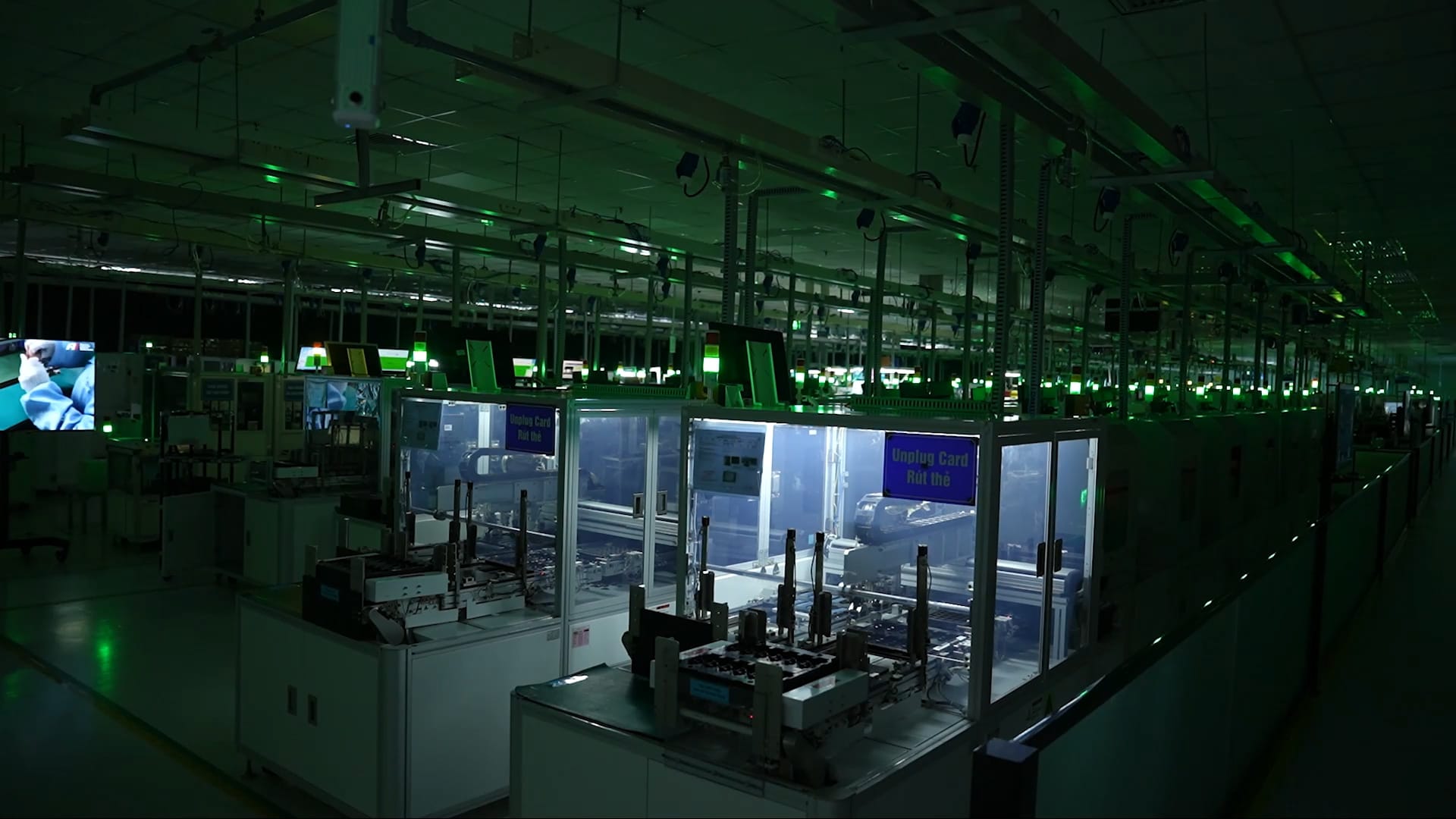Japanese Prime Minister Shigeru Ishiba has unveiled an impressive plan worth 10 trillion yen (approximately $65 billion) aimed at rejuvenating Japan’s semiconductor and AI sectors. This substantial investment strategy is set to be introduced to parliament and intends to boost local chip production by the year 2030.
Focus on Rapidus and AI Chips
A key element of this initiative is the Rapidus project, which is Japan’s emerging chip manufacturing endeavor, alongside other firms focused on AI semiconductors. Rapidus commenced in 2022 with support from the government and eight leading companies, targeting mass production of 2-nanometer chips by 2027 in Hokkaido. To achieve this goal, they have formed partnerships with IBM and the Belgian research organization Imec.
Economic Expectations
The government anticipates a considerable economic effect, aspiring to generate around 160 trillion yen (close to $1 trillion) in financial benefits. They foresee approximately 50 trillion yen ($322 million) in total investment from both public and private sectors for semiconductor advancement over the next decade.
Funding without Bonds
Interestingly, Ishiba has noted that they won’t be utilizing deficit-covering bonds for financing this project. While he didn’t elaborate on the sources of funding, it’s evident that this marks a significant rise from Japan’s previous 2 trillion yen ($12.9 billion) investment in its semiconductor industry, highlighting the country’s commitment to regaining a prominent position in the global chip market.
This initiative arrives as nations worldwide are working to strengthen their supply chains in response to recent market challenges and ongoing trade tensions between the U.S. and China. The entire economic package, which includes these semiconductor initiatives, is scheduled for cabinet approval on November 22. This is Japan’s most daring strategy in years to reclaim its status as a frontrunner in advanced chip manufacturing, reminiscent of its past dominance during the 1980s and 1990s.
Source: Link



